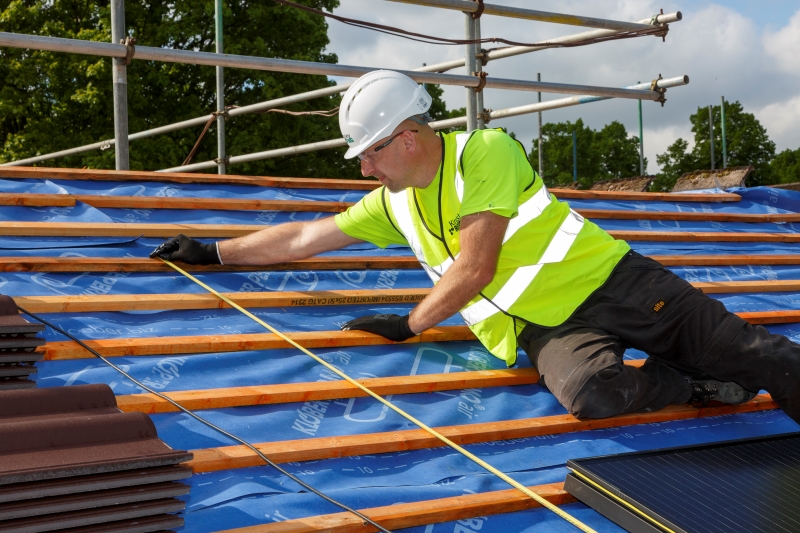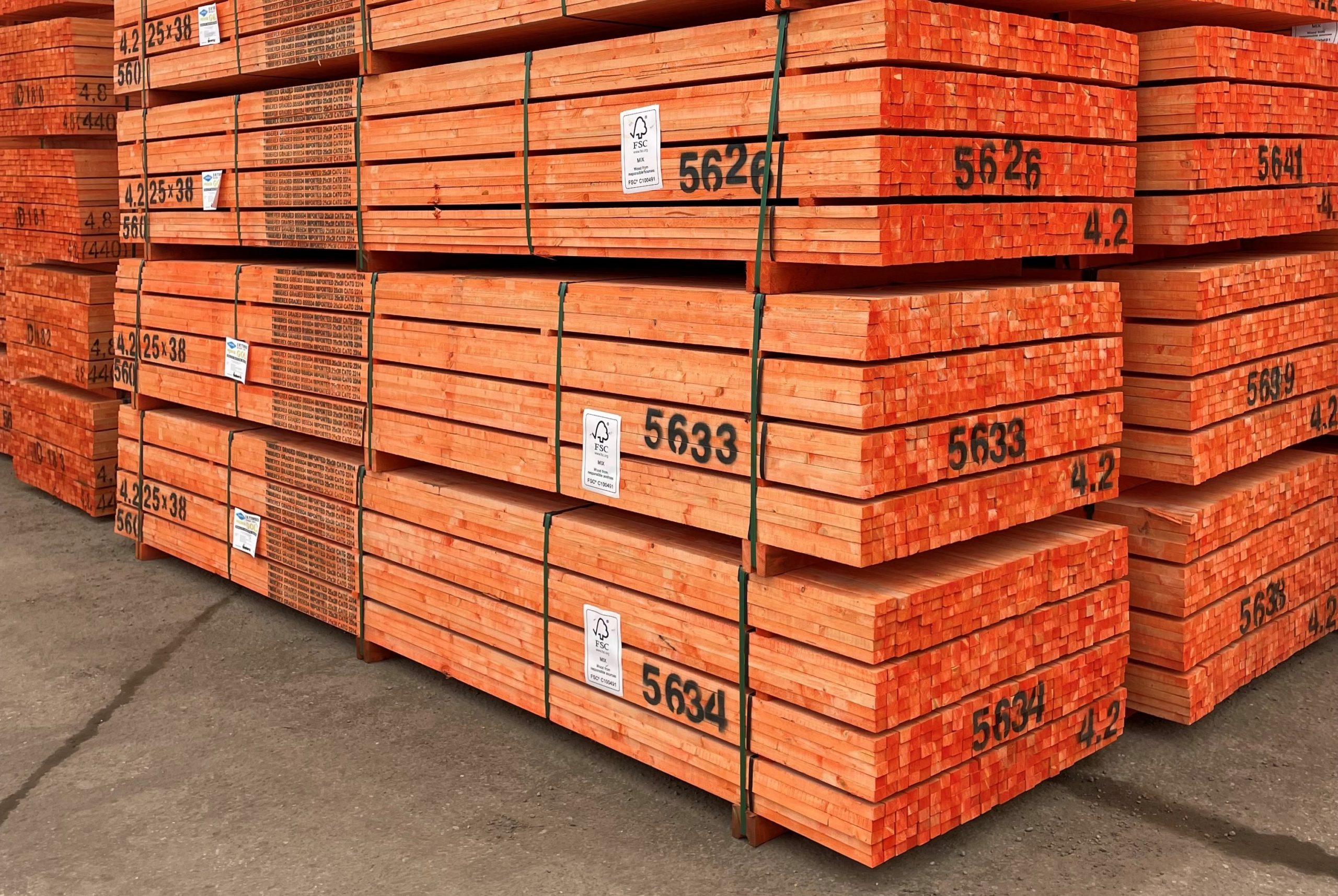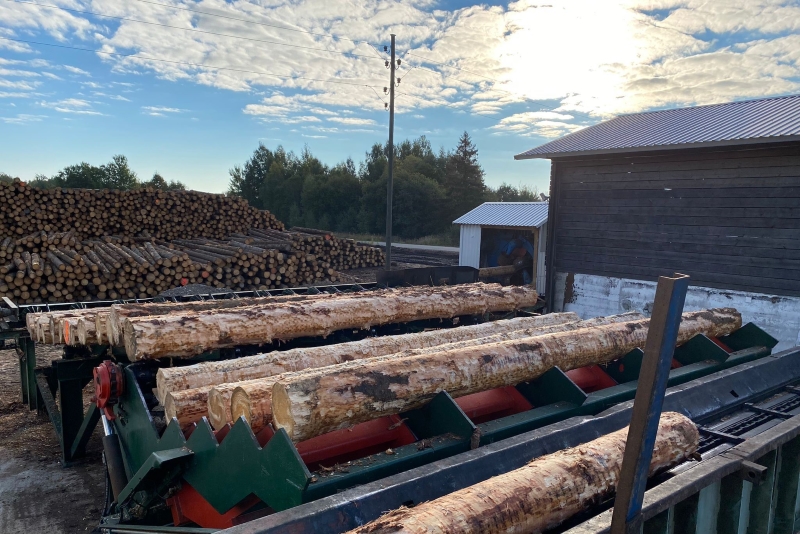
Graded battens command a premium price because of their quality — but are some supposedly superior battens not up to standard? Duncan Winter, Commercial Director at SIG Exteriors, discusses a worrying trend.
Roofing battens are a staple product for contractors. Alongside their functional role as support for the roof covering, they are also critical during installation as they will be used for foot-supports for installers working at height. This is the most important reason that battens must be of reliable and consistent quality.
BS 5534:2014+A2:2018 Code of Practice – Slating and tiling for pitched roofs and vertical cladding lays out specific requirements for the quality of battens recommended for use on site. In summary, the standard describes the Permissible characteristics and defects for grading timber battens — and what a graded batten quality should be at a minimum.
It states the dimensions allowed and dimension tolerances, and it then details allowances covering points such as knot sizes / knot configurations, wane, fissures and spits, slope of grain, growth rings, distortion and moisture content.
It takes a very experienced contractor or merchant to recognise a batten of this standard by sight, so manufacturers developed a system of colouring battens to differentiate a correct graded batten from the standard green treated dimensional timber. The generic colour for such products is blue, with some manufacturers trade-marking their own specific premium graded batten offer. SR Timber, for example, provides battens orange in colour (pictured below) while Marley colours its graded battens red.

This should make everything clear. Unfortunately, the blue colour was never trademarked by a single manufacturer, becoming a generic indicator for graded battens from multiple providers. Over recent years, for example, there has been a worrying increase in the number of blue-coloured battens creeping into the market which do not meet the required quality standards.
Sadly, this means that it is not sufficient to rely on the colour of the product to give assurance that it is better quality. Correctly manufactured product should be stamped “Graded BS5534” and should also carry information identifying the size, supplier, species code and/or “imported” (either is allowed).
“Over recent years, for example, there has been a worrying increase in the number of blue-coloured battens creeping into the market which do not meet the required quality standards. Sadly, this means that it is not sufficient to rely on the colour of the product to give assurance that it is better quality.”
Additional security is provided if the BS mark is accompanied by reference to an independent third-party accreditation mark, UKAS accredited. This is best practice recommended by various bodies including NFRC and NHBC.
It is a lot of certification and puts the onus on the whole supply chain to carefully check all the paperwork and quality marks to make absolutely sure that the battens provided are up to standard.
Additional complexity is added to the picture by the fact that there have been reports of blue battens, stamped BS5534 and with apparently faultless paperwork that simply do not meet the graded standard. Roofing contractors therefore cannot take it for granted that a batten which is coloured blue is actually correctly graded.
Furthermore, contractors face a double whammy if they unwittingly end up using substandard battens. They will have paid a premium price for a product that may not perform its function as part of the roof structure AND they will be exposing their workers to risk. Falls account for 50% of deaths in the construction industry, and it simply makes no sense to introduce any avoidable risk onto site.
No merchant will want to be involved in a dispute with its customer over whether the battens supplied were of the correct quality, so careful checking is the order of the day. All paperwork and marking must be in order, but the best advice is not to simply accept an assurance that battens are graded.
Instead, carry out some due diligence: check the sizes and tolerance allowed. For example, speak to an experienced company, qualified individuals and/or certified timber graders who can prove and show what the standard should be.
Click here for further information on the offer from SIG Roofing.










